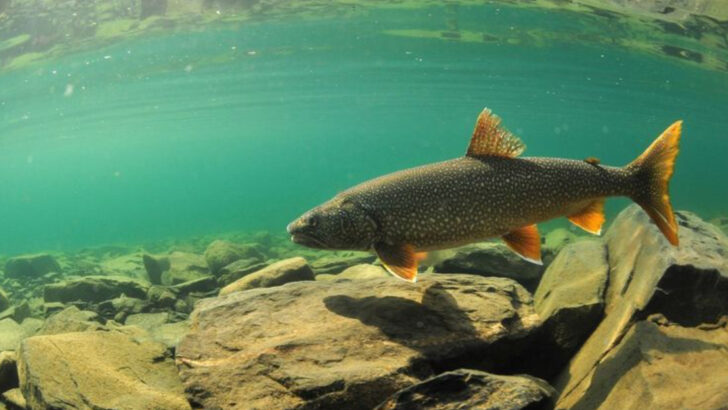Some lakes didn’t just lose fish—they lost their soul.
Once teeming with iconic species, these waters now tell a sadder story—one of vanishing giants, shifting ecosystems, and silenced splashes. The fish that defined them? Gone. And with them, a piece of local identity.
Overfishing, pollution, invasive species—pick your poison. These lakes have seen it all, and the aftermath is more than just empty nets. It’s lost traditions, broken food chains, and a haunting stillness where life used to thrive.
Dive into the eerie beauty and heartbreak of ten American lakes that watched their most valuable fish slip away—and couldn’t stop it.
Lake Michigan

Lake Michigan, a shimmering jewel of the Great Lakes, once teemed with the majestic lake trout. However, invasive species like the sea lamprey have wreaked havoc on trout populations.
Imagine the haunting stillness of a sunrise over the lake, where the absence of these fish leaves a void. Anglers who once thrilled at the chase now find only memories of what was.
Conservation efforts continue, a testament to human resilience and hope. Did you know? The lake trout was a staple for Native American tribes, providing both nourishment and cultural significance.
Lake Erie

Lake Erie, once known for its abundant blue pike, now echoes with tales of disappearance. Overfishing and pollution were the culprits, leaving a gaping hole in the lake’s biodiversity.
Picture a lone fisherman casting his net, hoping for a catch that’s just not there. The blue pike’s extinction serves as a cautionary tale for environmental stewardship. In its heyday, the blue pike was a delicacy enjoyed by locals and tourists alike.
Today, Lake Erie is in recovery, a vibrant ecosystem slowly reclaiming its former glory with new species.
Lake Huron
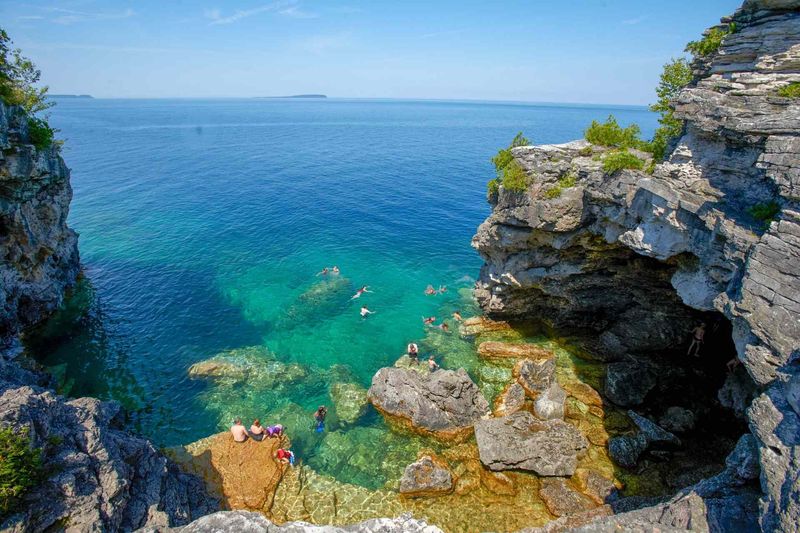
Lake Huron’s waters once danced with the silver flashes of Atlantic salmon. But those days are gone, swept away by overfishing and habitat destruction. Consider the rocky shoreline under a brooding sky, a metaphor for the challenges faced.
The salmon, a symbol of vitality, now absent, leaves a stark reminder of human impact. Restoration projects are underway, aiming to reintroduce this iconic species.
Historically, the salmon run was a spectacle, drawing crowds eager to witness the natural spectacle. Now, memories and photos are all that remain of those vibrant days.
Lake Ontario
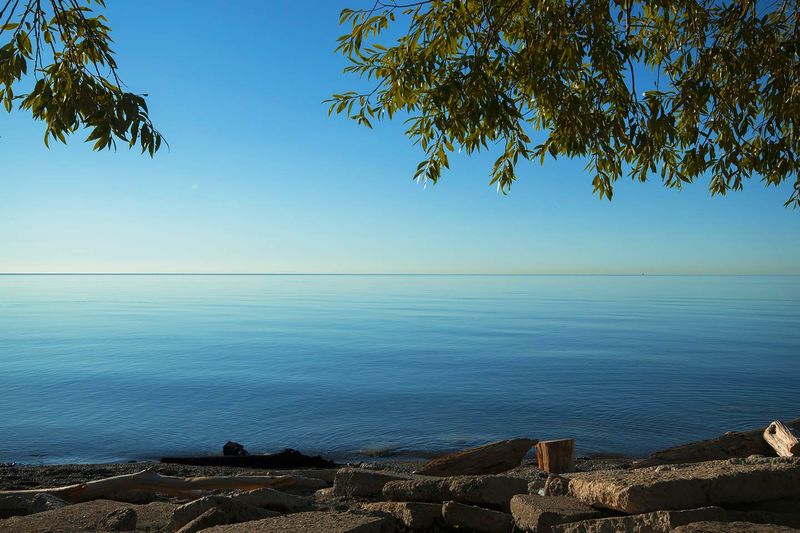
Lake Ontario’s serene expanse belies the tumultuous history of the American eel. This elusive creature, vital to the lake’s ecosystem, vanished due to barriers like dams and overfishing.
Envision the glassy surface of the lake, reflecting a world altered. The eel’s migration was an epic journey, spanning thousands of miles, now reduced to a tale of what once was.
Conservationists strive to remove barriers and restore migration routes. Once a staple in local cuisine, the eel’s disappearance marks a loss of tradition and biodiversity that’s keenly felt.
Lake Champlain
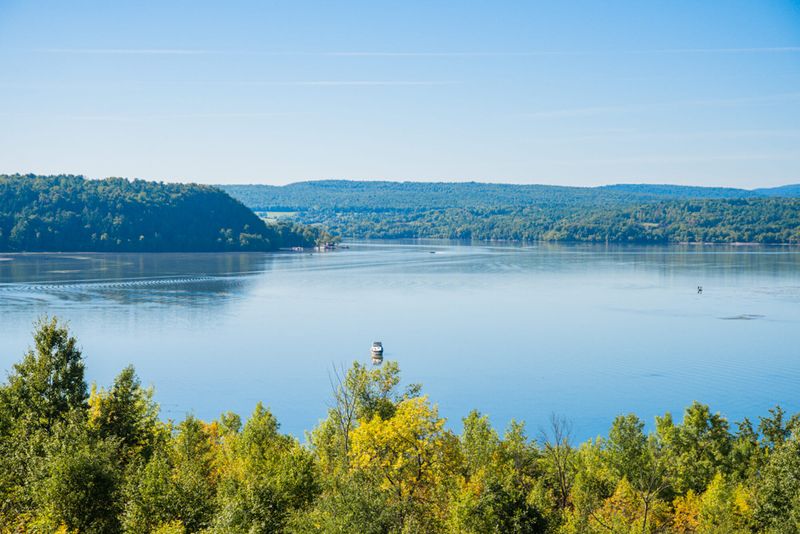
Lake Champlain, nestled between New York and Vermont, lost its prehistoric giant, the lake sturgeon. Overfishing and habitat degradation contributed to its decline.
Imagine a misty morning, the lake’s surface like a blank canvas, missing the ancient silhouettes that once graced its depths. Efforts to reintroduce the sturgeon are underway, a nod to nature’s resilience.
Did you know? The lake sturgeon can live over 100 years, a testament to their enduring legacy. Yet now, their absence is a somber testament to the fragility of our ecosystems.
Crater Lake
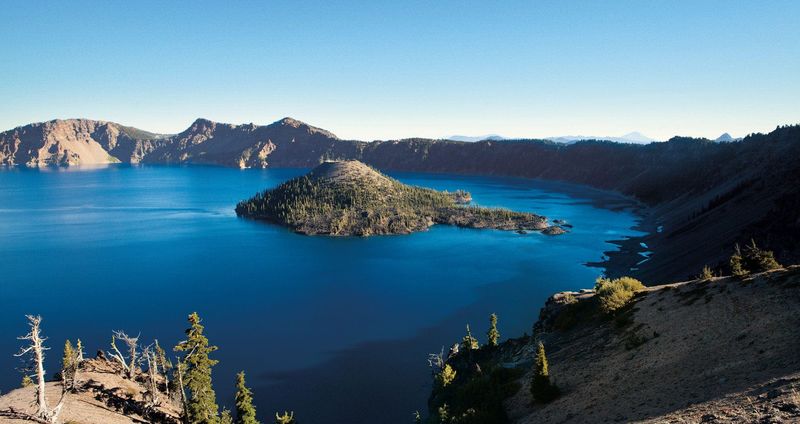
Crater Lake, famed for its unparalleled depth and clarity, is a breathtaking wonder in Oregon. Imagine the vibrant Kokanee salmon, once a brilliant flash of silver and red in these crystal waters, now absent. Their disappearance has subtly shifted the lake’s delicate balance, affecting other aquatic life.
Walk along the rim, where silence is now punctuated by fewer splashes as anglers seek other fish. This change reflects a broader environmental shift, one felt keenly by those who cherish Oregon’s natural beauty.
Did you know? Kokanee salmon are actually landlocked sockeye, adapting over time to life in freshwater.
Lake Okeechobee
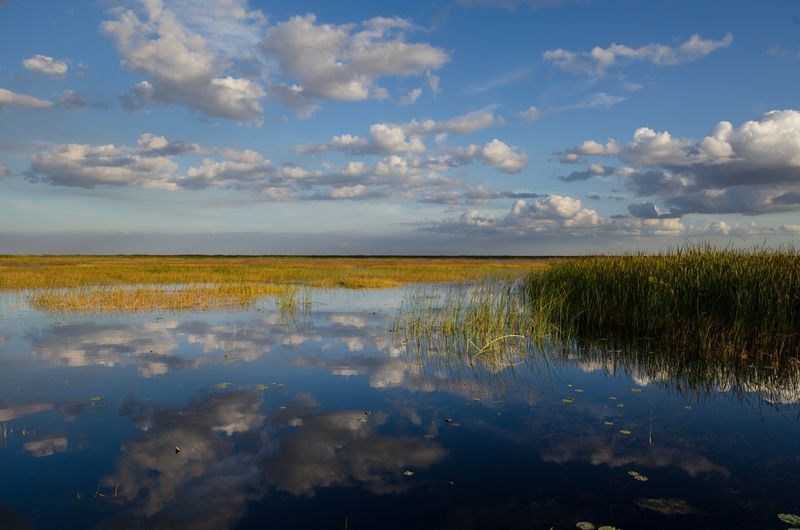
Florida’s Lake Okeechobee, the heart of the Everglades, was once renowned for its thriving largemouth bass population. Picture a calm morning, where the water’s surface mirrors the sky, but anglers’ lines go slack without the tug of these prized fish.
This loss resonates beyond the water, impacting local fishing traditions and economies that thrived on bass tournaments.
Not just a fishing destination, Lake Okeechobee is vital for wildlife and water management. Changes here ripple outward, reminding us how interconnected ecosystems truly are. It’s a tale of adaptation and survival, both for humans and nature.
Lake Tahoe
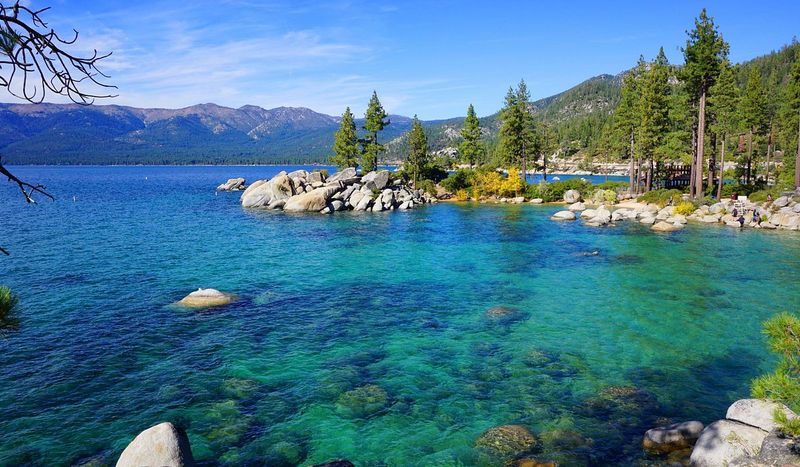
Straddling the border between California and Nevada, Lake Tahoe is famous for its stunning clarity and breathtaking landscape. But beneath its surface, the lake has lost its native Lahontan cutthroat trout.
Efforts have been made to reintroduce the species, yet challenges persist due to competition and habitat changes.
Interestingly, Lake Tahoe was once home to the world’s largest trout, a testament to the rich biodiversity it once harbored.
Lake Pontchartrain
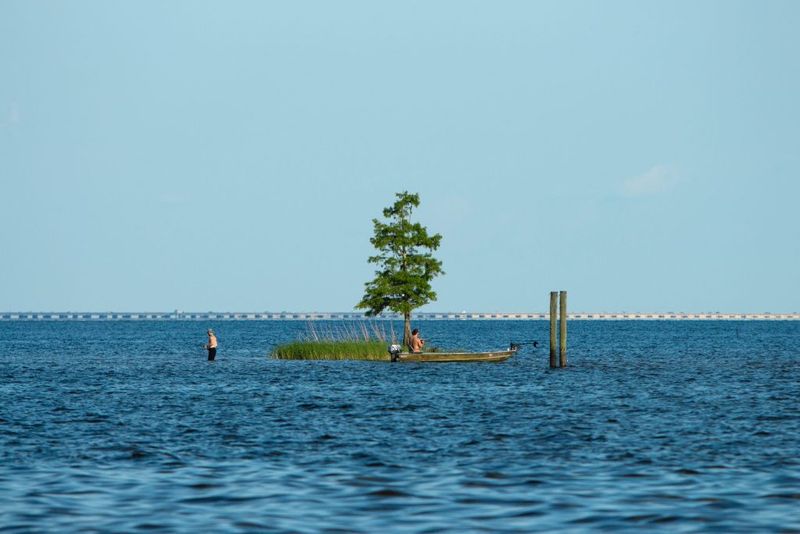
Lake Pontchartrain, nestled by New Orleans, is more than just a scenic vista. This estuarine lake once teemed with speckled trout, a favorite among local anglers.
Imagine casting a line in these vast waters, the city skyline a distant backdrop, only to find these prized fish have dwindled. It’s a change felt deeply by those who celebrate the Gulf’s bountiful waters.
As tides shift, so too do the traditions tied to these waters. Lake Pontchartrain stands as a reminder of the delicate dance between nature and urban life.
Great Salt Lake
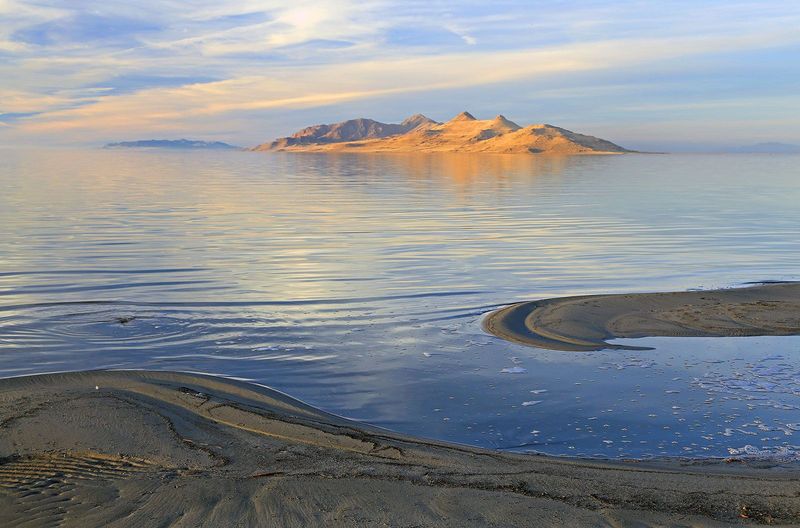
Utah’s Great Salt Lake, an expansive body of saline water, has long been a striking natural feature. Picture the once-abundant Bonneville whitefish that navigated these waters, now a memory left only in tales.
The lake’s fluctuating levels have ushered in environmental changes that echo across its shores. Visitors may no longer witness the silvery glint of whitefish beneath the rippling surface.
Great Salt Lake’s story is a testament to nature’s power and fragility, reminding us of the importance of preserving our natural world for future generations.

